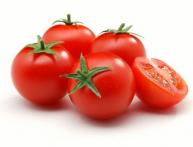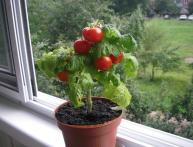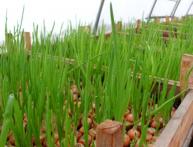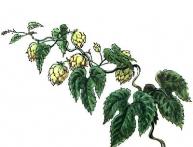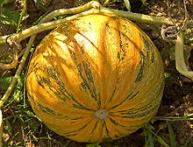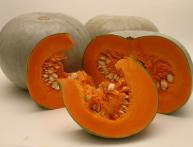History and homeland of cucumber

Does the homeland of the cucumber affect its care? Undoubtedly. But over a long period of time, the fruit has acquired multi-species richness. This means that suitable varieties have appeared in each area.
From the history of the cucumber
The Turkish Sultan named Mohammed II was cruel and greedy. One day he issued an order to cut open the bellies of the courtiers. He wanted to know who dared to eat the unusual gift sent to him - a cucumber.
Cucumbers have become famous as a vegetable plant for a long time - more than six thousand years have passed since then. Its historical homeland is western India. And its fruit is a berry. What else interesting is known about cucumber?
- In India, a wild representative entwines tree trunks in the forest;
- They cover areas of fences in villages;
- His image was found on frescoes during excavations in Ancient Egypt, and also in Greek temples;
- In China, as well as in Japan, the fertility of the cucumber allows the berry to be harvested three times a year. First, cucumbers are grown using boxes and roofs, after which they are planted on fertilized soil in the garden. Huge fruits hang from the trellises when ripe - their length is up to 1.5 m. In Europe, a variety of Chinese cucumbers was chosen for growing in greenhouse conditions;
- There are cucumber records in the Guinness Book. The 1.83 meter long cucumber was grown in Hungary. A cucumber fruit weighing more than 6 kg was obtained indoors.
In Russia, this vegetable quickly became popular. The manual on agriculture distributed during the 18th century states that it took root better in Russia than in Europe. It is believed that the vegetable was known in the country until the 9th century.Under Peter the Great, the homeland of cucumbers was transferred to greenhouses - a special farm created for their cultivation.

